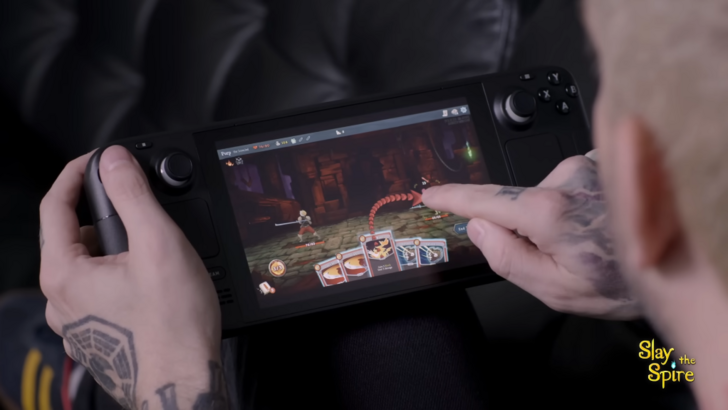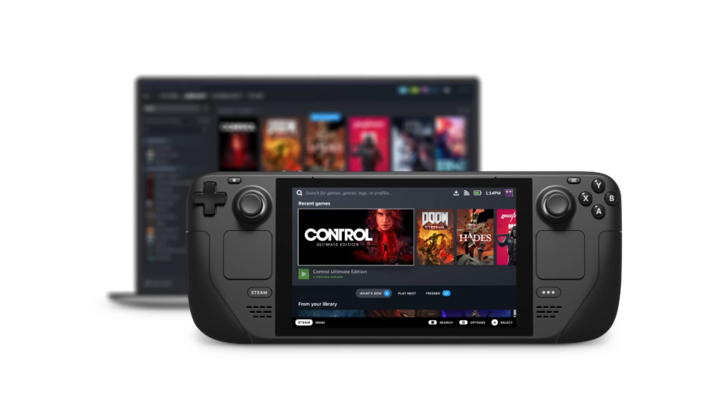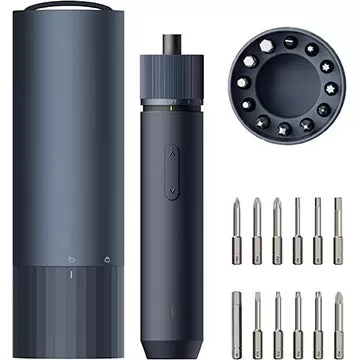Steam Deck Shifts to "Generational Leap" Strategy, Abandons Annual Updates

Valve has taken a bold step away from the traditional yearly upgrade cycle, a common practice among smartphones and some handheld gaming devices, when it comes to the Steam Deck. Lawrence Yang and Yazan Aldehayyat, the designers behind the Steam Deck, have shared insightful details on why Valve is choosing a different path.
Valve to Avoid Annual Upgrade Cycle for Steam Deck
“That’s Kind of Not Really Fair to Your Customers,” Said Steam Deck Designers

Valve is steering clear of the annual hardware update trend, a move that sets the Steam Deck apart from its competitors. In a detailed interview with Reviews.org, Lawrence Yang expressed a firm stance against the "yearly cadence" adopted by other companies. "We’re not going to do a bump every year," Yang stated. "There’s no reason to do that. And, honestly, from our perspective, that’s kind of not really fair to your customers to come out with something so soon that’s only incrementally better."
Instead of minor yearly updates, Valve is committed to delivering significant improvements, or what they term a "generational leap." This approach ensures that any future iteration of the Steam Deck will offer substantial enhancements without compromising battery life, making the upgrade truly worthwhile for consumers.

Yazan Aldehayyat emphasized Valve's focus on addressing user challenges, particularly in facilitating PC gaming beyond traditional desktop environments. The Steam Deck has already made strides in this area, yet Aldehayyat acknowledges there is still "a lot of room for improvement." Valve welcomes the innovations from other companies in the handheld gaming space, such as the use of touchpads on the Steam Deck, which offer unique advantages over competitors like the ROG Ally. "We would love if other companies use touchpads," Aldehayyat remarked, highlighting Valve's collaborative spirit.

When discussing features missed in the Steam Deck OLED model, Aldehayyat confessed that variable refresh rate (VRR) was a top priority that couldn't be included in time for the OLED launch, despite high demand from both users and the design team. Yang clarified that the OLED Steam Deck was intended as an enhancement of the original LCD model rather than a second-generation device. The team is diligently working on improving battery life for future models, though current technological constraints pose challenges. Users may need to wait for the Steam Deck 2 or a subsequent major update to see these advancements.

Despite not pursuing yearly hardware updates, concerns arise about the Steam Deck falling behind its rapidly evolving competitors, such as the Asus ROG Ally and Ayaneo devices. However, Valve views the situation differently, seeing the Steam Deck's impact as a catalyst for innovation in handheld gaming. The company is excited about the diverse design approaches competitors are taking. "We love the idea that a lot of companies are working on improving the experience of playing games outside of your office or away from your computer," Aldehayyat said. "So seeing people try all kinds of stuff and seeing what sticks and what doesn’t, and just improving that for users… We’re very excited about it and we’re kind of curious to see where that ends up being."
Steam Deck to Officially be Sold in Australia This November
Valve's decision to forego annual updates may be influenced by its ongoing global rollout of the Steam Deck. The device will finally be officially available in Australia this November 2024, following its announcement at PAX Australia. Although an exact launch date has not been disclosed, this move marks a significant step in Valve's international expansion.
Prior to this, obtaining a Steam Deck in Australia, whether the LCD or OLED version, was possible only through unofficial channels. When asked about the delay in reaching the Australian market, Yang explained, "It takes a very long time to get everything buttoned up in terms of financial due diligence, and then setting up all the logistics and warehousing and shipping and returns and all that kind of stuff."
Aldehayyat added that Australia was always on Valve's radar from the product's inception. "It was designed to meet Australian requirements. It was certified the same time the US and Europe and Asia was certified," he stated. However, the lack of established business channels in Australia delayed the official launch, particularly concerning handling returns.

At present, Valve does not offer the Steam Deck officially in several countries, including Mexico, Brazil, and many parts of Southeast Asia such as the Philippines and Indonesia. Users in these regions must rely on unofficial means to acquire the device, missing out on official support, accessories, and warranty services.
In contrast, the Steam Deck is readily available in markets like the United States, Canada, much of Europe, and parts of Asia, including Taiwan, Hong Kong, South Korea, and Japan through Komodo's website.





























